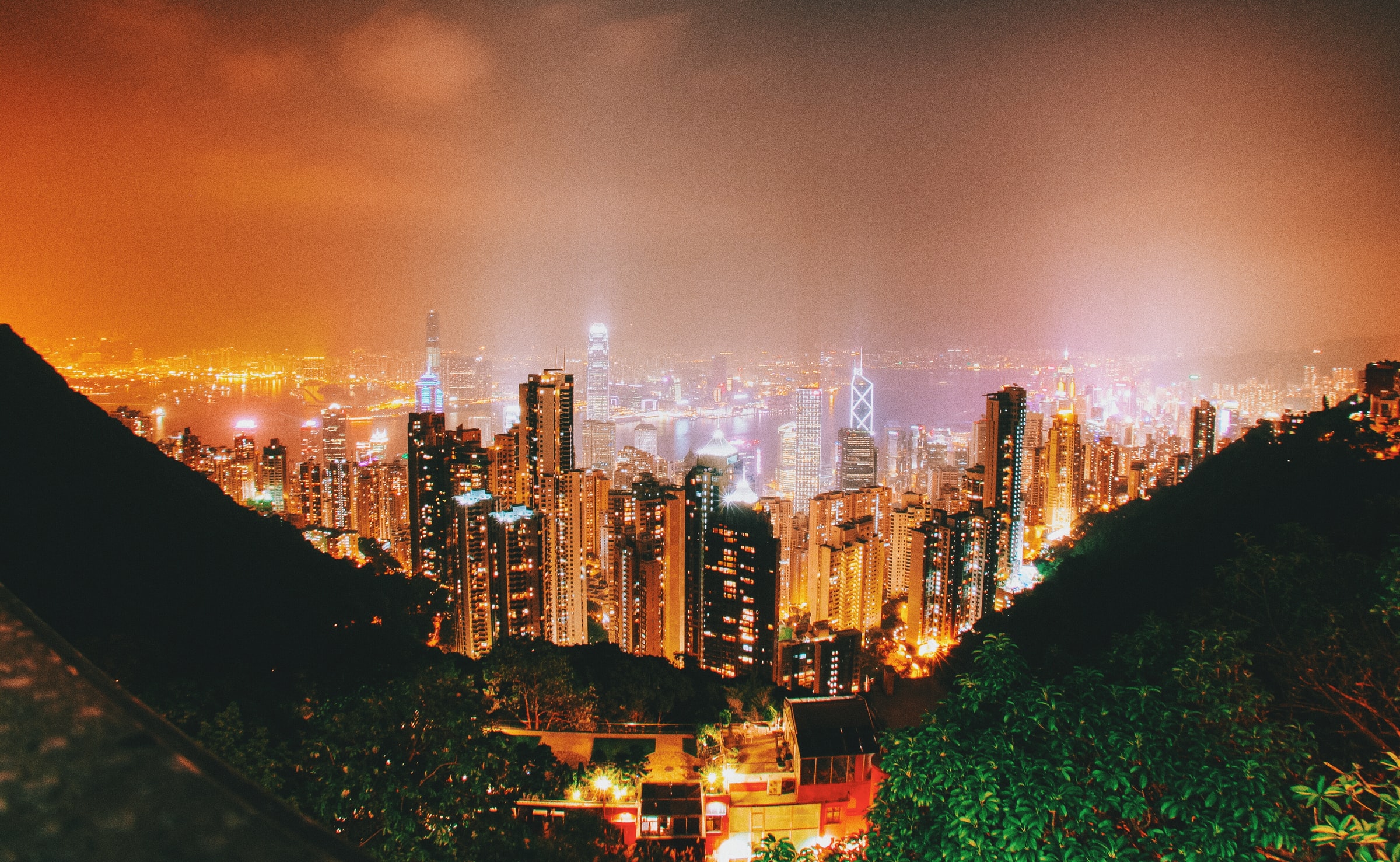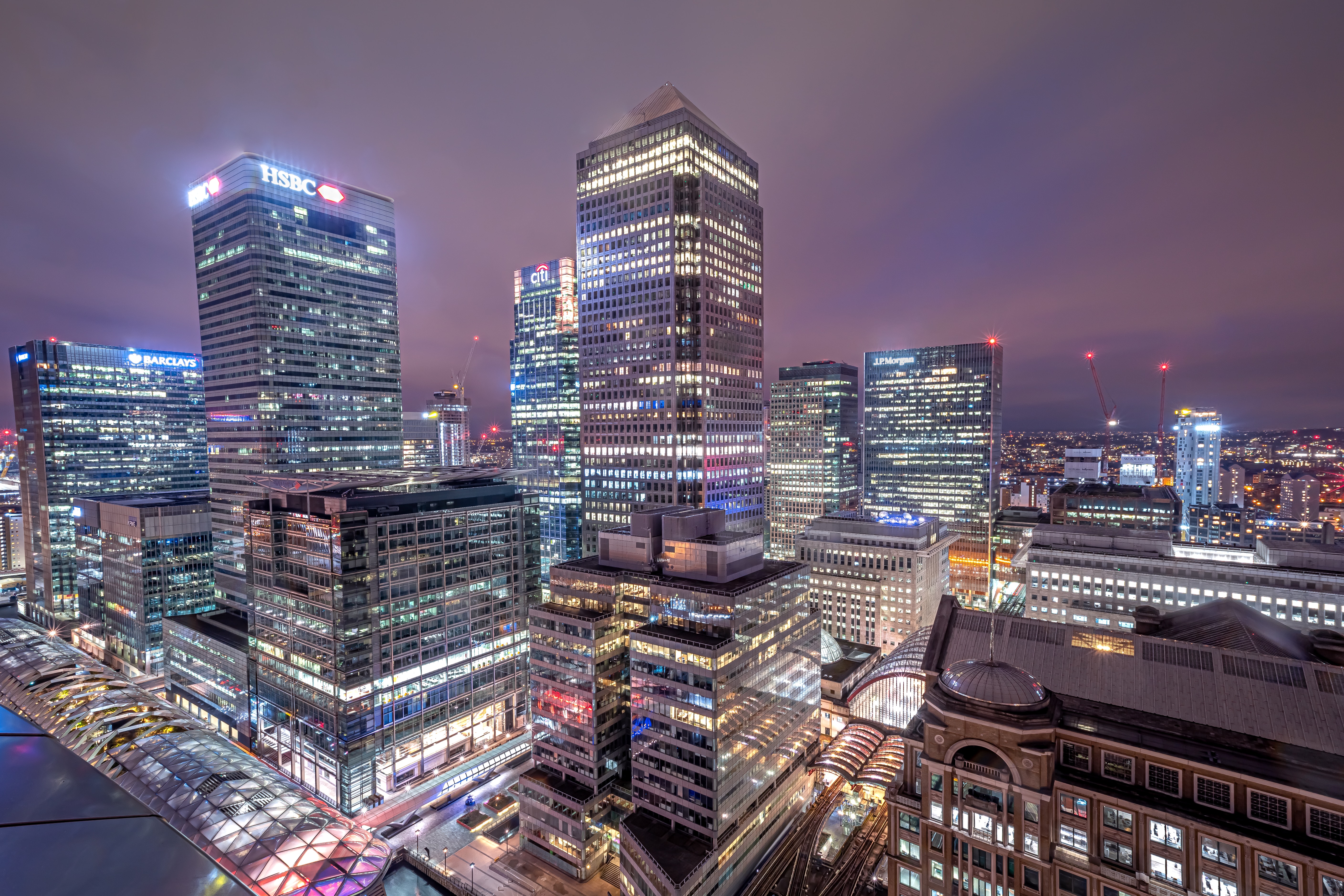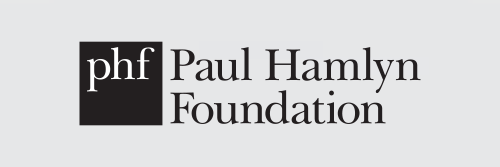

The SFnal
‘It is a habit of mind, a kind of apprehension of the world that estranges what we know by tipping it into the future.’
In this essay, Roger Luckhurst explores the meaning, mood and porous borders of the science-fictional…
Science fiction doesn’t have to be a tick-box of tropes: bug-eyed monsters, killer robots, mirror shades, phasers on stun. And it doesn’t have to be a fixed set of narratives either: first contact, alien invasion, generation starship, sole survivors menaced by biker gangs in the splintered ruins of the post-apocalyptic city. The term science fiction might have been coined in the American pulp magazines of the 1920s, but it existed long before that and has since leaked far beyond the lurid covers of Amazing Stories or Astounding Science Fiction. It has never been a determinable genre, but a mode: a habit of mind, a kind of apprehension of the world that estranges what we know by tipping it into the future.
Since the early 1980s, the adjective ‘science-fictional’ has sometimes been compressed to the shorter ‘SFnal’ (fans love slangs). SFnal is a term designed to have porous borders and lax patrols, so that it incorporates texts, or experiences, or environments where we are confounded by novelty, oddity, or a sense of slippage in time and space, a momentary glimpse of the futural. In his book The Seven Beauties of Science Fiction, American critic Istvan Csicsery-Ronay Jr. defines the SFnal as ‘neither a belief nor a model, but rather a mood or attitude, a way of entertaining incongruous experiences in which judgement is suspended.’
I tend to think of the SFnal as an immersive experience. That might be immersion in a completely imagined and realised science-fictional world: the desert planet of Arrakis in Frank Herbert’s Dune; the ambisexual society of Gethen in Ursual Le Guin’s The Left Hand of Darkness. But it is also the strangely disorienting experience of being immersed inside an installation artwork, in the twisting corridors of Mike Nelson’s ‘The Coral Reef’ or the foggy rooms of Olafur Eliasson. SFnal can also mean the experience of stepping into an environment that seems to displace us from ordinary human physical and mental timescales.
Whenever I drive into London from the East, past the forest of neon-lit towers at Canary Wharf, the traffic plunging into deep cuts and blurry tunnels and under the snaking stanchions of the light railway above, it feels like entering an all-encompassing technological environment, a chink of the post-human future. This is what J. G. Ballard depicted in Crash in the early 1970s, in that new world of perverse desires amidst the elevated sections and flyovers and newfangled motorway junctions to the West of London.
This unhomely SFnal experience is surpassed in many other places: the drenched neon of the Las Vegas strip, or the waterfront at Shanghai or in Hong Kong, where the skyscrapers are wrapped with digital animations at night, the logos blinking and stalking across buildings as eight lanes of traffic surge below, giant luxury liners berth at the shopping malls built out into the bay, and the sky is full of aircraft lining up to land.
The shivery mix of wonder and terror in these places is what the historian David Nye calls the ‘technological sublime.’ Spaces like this are definitively SFnal. And increasingly, life in advanced technological cultures is about being immersed in such spaces. Of course, in many ways human-made climate change has immersed everyone on the planet inside a technocultural assemblage that has effectively abolished any notion of a divide between Nature and Culture. This is as true for the refugees in Yemen or Ethiopia as the tacky post-human environment of Times Square.
The crucial thing about the cultural exploration of these spaces in science fiction is that they are not always mere reflections or reproductions of these environments, but interrogations of them. Science fiction might be the product of technologically-saturated societies, but these fictions explore and play with a whole range of possible futures. Nothing is inevitable. In the ludic world of SF, utopian visions range from worlds of post-scarcity luxury communism: messing about in boats in William Morris’s 1890 book, News from Nowhere, or messing about in boats in the flooded grid of Manhattan in Kim Stanley Robinson’s New York 2140, improvising solutions amidst the ruins. The logic of technoscience is not intrinsically benign or progressive – it can also feed dystopian worlds of enslavement reinforced by the machine, visions made famous by texts such as Nineteen Eighty-Four or Brave New World, or the brutal enforcement through technology of murderous structures of inequality, from Margaret Atwood’s The Handmaid’s Tale to the frenetic interstellar worlds of The Expanse.
This is the case proponents make: SF always contains the possibility of offering forms of cultural critique from inside our increasingly SFnal world. Like Morpheus in the Matrix, SF offers us the red not the blue pill: the chance to estrange the worlds we live in; to jar us awake from our dreamworlds, and to see the planet anew.
–
Prof. Roger Luckhurst has written cultural histories of telepathy, corridors and science fiction. He lives and works in London, where he teaches at Birkbeck College.
This essay was commissioned as part of Imagining Disaster: Science Fiction X Contemporary Art. Join the conversation #ImaginingDisaster
Images:
Photo by Carl Nenzen Loven on Unsplash; Photo by Alex Tai on Unsplash

